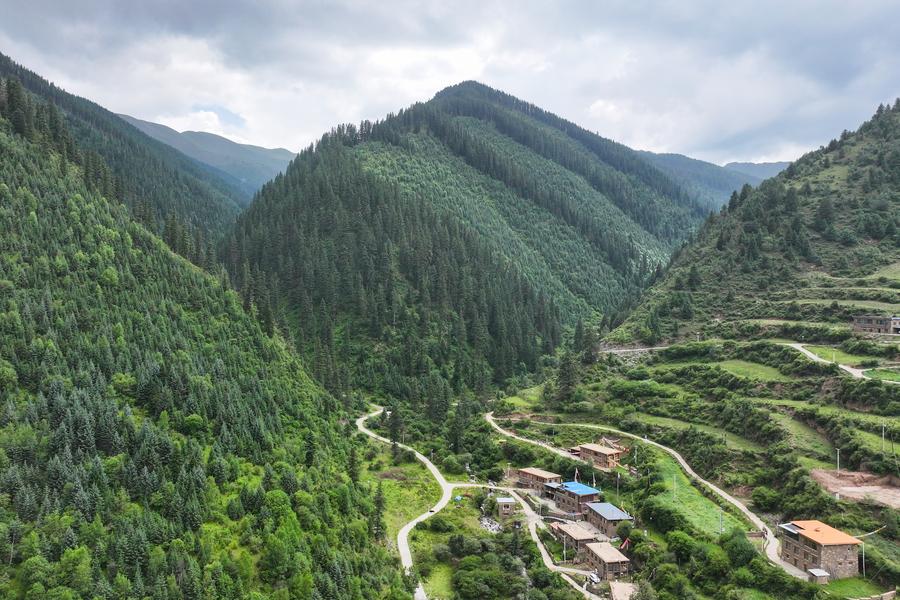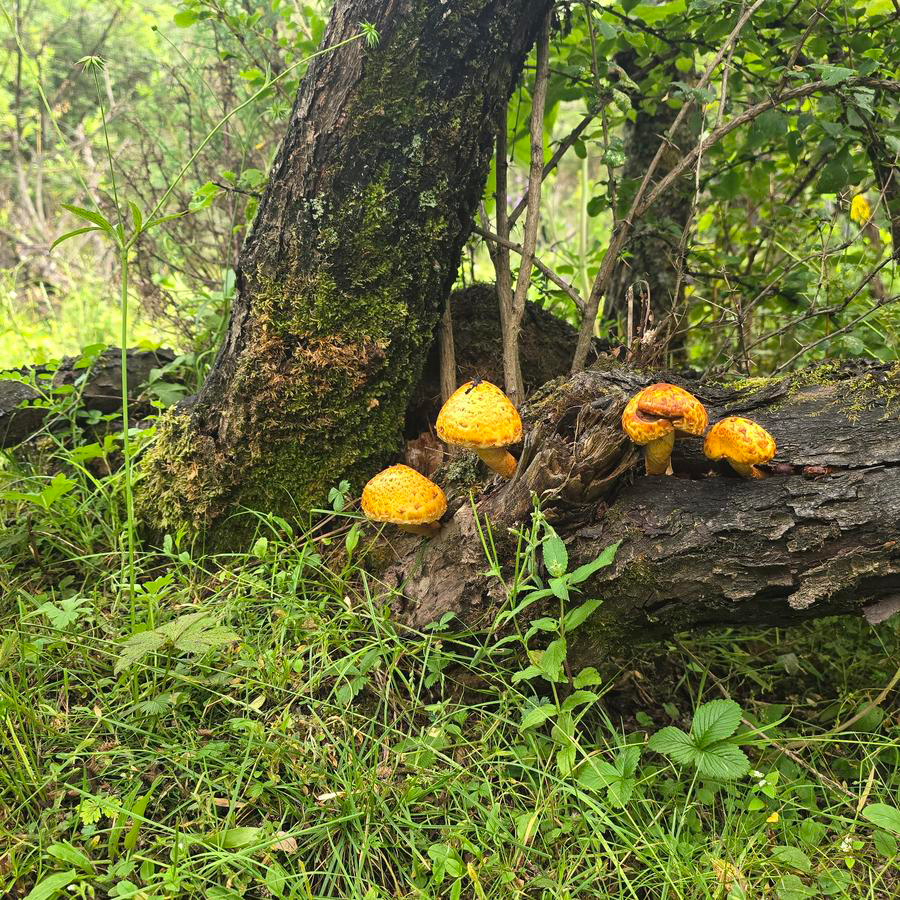From logging to guardianship: How China protects green source of its 'mother river'


XINING -- On an autumn morning in Padma county, Golog Tibetan autonomous prefecture of Northwest China's Qinghai province, the Markog River forest comes alive with misty mountains, crystal-clear waters, lush shrubs and roaming wildlife.
Located on the border of Qinghai and Sichuan provinces, more than 800 km from the provincial capital Xining, the Markog River forest covers 101,800 hectares at an average altitude of 3,600 meters, with surrounding peaks soaring above 5,000 meters.
It is the largest, most concentrated and highest-altitude natural forest area at the headwaters of the Dadu River, which feeds into the Yangtze River, often referred to as China's "mother river." Over the past decades, the forest has undergone a profound transformation in its role and management.

FROM LOGGING TO CONSERVATION
The Markog River forest farm was established in 1965. In its early years, large quantities of timber were harvested to support economic development, recalled Tao Yongming, deputy director of the local forestry authority. Between 1965 and 1998, more than 700,000 cubic meters of trees were felled.
The turning point came in 1998, when Qinghai issued a notice banning commercial logging in natural forests. In response, the forestry bureau launched a pilot project to safeguard these resources, shifting its focus from timber harvesting to forest conservation and cultivation.
However, the transition was not easy. Halting logging brought a complete shift in production, leaving many workers and residents who depended on the forest feeling adrift at first. In the early years, with limited patrol forces, cases of illegal logging were uncovered almost every year.
























